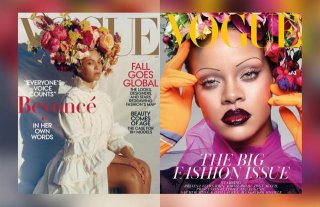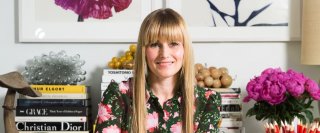From WWD:
WSJ. Magazine Building Out Digital With First Major Hire
The Wall Street Journal’s continued shift over to digital is spreading to WSJ. Magazine. The glossy supplement is bringing on Sarah Ball as digital director, a new role that will have her leading all digital content. Ball was most recently editorial director at Condé Nast’s GQ, which has been the victim of layoffs and even saw its 30-year creative director Jim Moore moved to an “at-large” role.
In her new position at WSJ., Ball will actually be building out a new digital team, to give the magazine more of a presence online. The magazine lives mainly as a tab under the main Journal web site and there seems room for improvement in its social media presence. WSJ. Magazine has 35,000 Twitter followers and only 168,000 on Instagram, while The New York Times’ T Magazine has just under 1.9 million and 721,000 followers, respectively.
Unsurprisingly, the magazine is looking to put a bigger emphasis on video and multimedia content, and this will fall under Ball’s purview.
She will be reporting to Kristina O’Neill, editor in chief of the title since 2012, who said Ball’s hiring “is a major step forward” in its evolution and refinement of the “digital-first strategy” that the Journal as a whole has been working to restructure around for about two years.
“We want to entice our readers into a daily conversation,” O’Neill said. “Sarah is a seasoned journalist with years of experience in both the print and digital worlds and an instinctive grasp of how magazine content takes flight online.”
While the magazine started as a quarterly addition, it’s now a monthly supplement to the weekend edition of the Journal, which has 2.4 million subscribers and early last year started to cut down on its fashion and culture coverage and ended several related columns. Since then there have been other changes focused on going digital-first, like attempts to streamline a complicated editing structure, something that began under Gerard Baker as editor in chief and is continuing under his successor, Matt Murray.
WSJ. Magazine Building Out Digital With First Major Hire

 . Every people at CN is people she has chosen, that she can control etc.
. Every people at CN is people she has chosen, that she can control etc.
 He was a Nina Garcia hire, wasn't he? Wonder why he left..........
He was a Nina Garcia hire, wasn't he? Wonder why he left..........